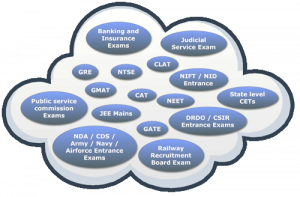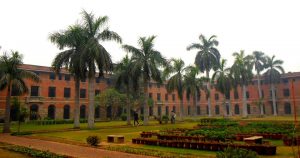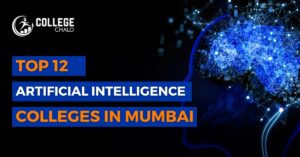Becoming a doctor is a difficult process, especially for Indians. This path often starts with an MBBS degree. This complete reference covers the MBBS course’s structure, entrance procedure, top institutions, career prospects, specialisations, and more for aspiring physicians. Read more, NMC Reschedules NEET PG 2024 for June 23rd Due to Elections

What is MBBS?
The MBBS degree, abbreviated from Bachelor of Medicine, Bachelor of Surgery, is an undergraduate program meticulously designed to equip students with the essential knowledge and skills required for medical practice. In the healthcare field, this globally recognised degree offers doors to several professional paths.
The MBBS course typically spans five years, followed by a compulsory six-month internship period. During these five years, students undergo comprehensive training in various disciplines, including pre-clinical, para-clinical, and clinical phases. Subjects covered range from Anatomy, Physiology, and Biochemistry to Medicine, Surgery, Pediatrics, and Obstetrics & Gynecology.
| Year/Semester |
Subjects |
| Year 1 |
Anatomy, Physiology, Biochemistry, Introduction to Medical Practice, Basic Haematology, Cell Biology, Neuroscience, Respiratory System, etc. |
| Year 2 |
General Pathology, Systemic Pathology, Neoplasia, Haematology, Cardiovascular System, etc. |
| Year 3 |
Special Pathology, Clinical Pathology, Epidemiology, Reproductive and Child Health, Immunopathology, etc. |
| Year 4 |
Infectious Disease, Endocrine Disease, Nutritional Disease, Emergency Medicine, Nervous System, etc. |
| Year 5 |
Nervous System, Kidney Disease, Environmental Disorders, Emergency Medicine, Rotatory Internship Programme, etc. |
Course Structure:
The five-year Indian MBBS programme includes a six-month internship. This period includes pre-clinical, para-clinical, and clinical stages encompassing many medical topics. This duration is divided into pre-clinical, para-clinical, and clinical phases, covering a wide array of subjects essential for medical practice. Here’s a breakdown of the course structure:
- Pre-clinical Phase (Year 1 and 2): Students delve into fundamental subjects like Anatomy, Physiology, and Biochemistry, laying the groundwork for understanding the human body’s structure and function.
- Para-clinical Phase (Year 3): This phase focuses on subjects that support clinical practice, including Pathology, Microbiology, Pharmacology, and Forensic Medicine. Students learn about diseases, drugs, and diagnostic techniques.
- Clinical Phase (Year 4 and 5): Students transition to clinical settings, gaining hands-on experience in various medical specialties such as Medicine, Surgery, Pediatrics, Obstetrics & Gynecology, and Psychiatry. They rotate through different departments, applying theoretical knowledge to real patient care scenarios.
- Internship: The final six months of the program involve a compulsory internship where students work under supervision in hospitals, clinics, and healthcare facilities. This hands-on experience is crucial for developing clinical skills and preparing for professional practice.
Course Format
The five-year Indian MBBS curriculum includes a six-month internship. Pre-clinical, para-clinical, and clinical phases include numerous medical disciplines. This period includes pre-clinical, para-clinical, and clinical stages encompassing many medical topics. Course format breakdown:
Pre-clinical Phase (Years 1 and 2): Students study Anatomy, Physiology, and Biochemistry to understand the body’s structure and function.
Para-clinical Phase (Year 3): Pathology, Microbiology, Pharmacology, and Forensic Medicine assist clinical practice. Students study illnesses, medications, and diagnosis.
Clinical Phase (Years 4 and 5): Students acquire clinical experience in Medicine, Surgery, Pediatrics, Obstetrics & Gynecology, and Psychiatry. They cycle across departments applying theory to patient care.
Internship: Students must complete a six-month internship in hospitals, clinics, and healthcare institutions under supervision. This hands-on experience is essential for clinical skills and professional practice.
Admission Process:
National Eligibility cum Entrance Test (NEET UG) scores determine MBBS admission in India, which is competitive. The only admission test for MBBS, BDS, BVSc, and undergraduate Ayush is NEET UG. After NEET, candidates attend national and state counseling sessions to get into top government and private medical schools.
Statistics show millions of candidates for NEET UG, making it one of the most competitive admission tests in the country.
The only admission test for MBBS, BDS, BVSc, and undergraduate Ayush is NEET UG. This usually entails these steps:
- Registration for NEET UG: Eligible candidates register for the test online via the official website during the registration period.
- Candidates diligently prepare for NEET UG by studying the curriculum, taking mock examinations, and revisiting essential topics.
- Exam Day: NEET UG is held yearly in May. The test includes Physics, Chemistry, and Biology MCQs. Candidates must have minimal marks to be admitted.
- The National Testing Agency (NTA) releases NEET UG results, including candidate scores and ranks.
- Counseling Procedures: Candidates take part in centralized counseling at both the national and state levels, depending on their NEET UG rank. Candidates choose institutions and courses during counseling, and seats are assigned based on merit and availability.
- After counselling, candidates are assigned seats in government and private medical institutions based on their NEET UG rank and preferences.
- Document Verification and Admission: Candidates are checked for eligibility once seats are assigned. They complete admission processes and get their college spot after verification.
Top MBBS Colleges: Pursuing Excellence in Medical Education
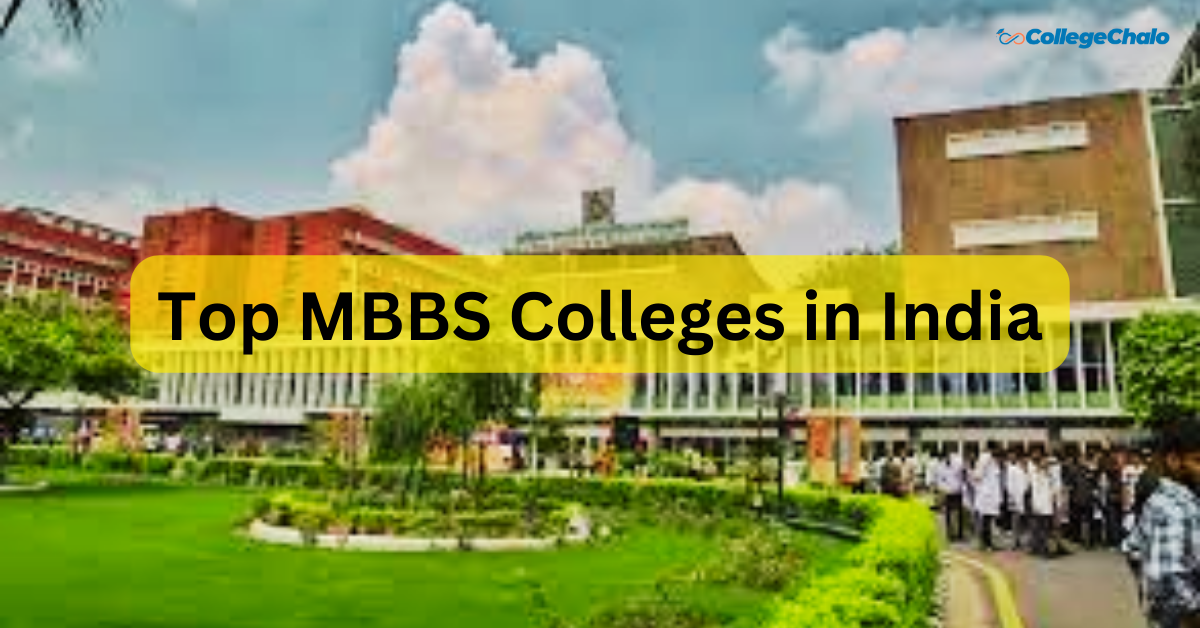
India boasts several prestigious medical institutions renowned for their exemplary education standards, state-of-the-art facilities, and distinguished faculty members. Here are the top 10 MBBS colleges in India:
| College |
Location |
| All India Institute of Medical Sciences (AIIMS) Delhi |
New Delhi |
| Christian Medical College (CMC) Vellore |
Vellore, Tamil Nadu |
| Armed Forces Medical College (AFMC) Pune |
Pune, Maharashtra |
| Maulana Azad Medical College (MAMC) Delhi |
New Delhi |
| King George’s Medical University (KGMU) |
Lucknow, Uttar Pradesh |
| Kasturba Medical College (KMC) Manipal |
Manipal, Karnataka |
| Grant Medical College (GMC) Mumbai |
Mumbai, Maharashtra |
| Madras Medical College (MMC) Chennai |
Chennai, Tamil Nadu |
| Bangalore Medical College and Research Institute (BMCRI) |
Bangalore, Karnataka |
| Jawaharlal Institute of Postgraduate Medical Education and Research (JIPMER) |
Puducherry |
Understanding the Costs: Government vs. Private Colleges
MBBS degrees in India vary greatly in cost based on the school. Government institutions, noted for their affordability, charge INR 10,000–INR 50,000 each year. Private institutions charge INR 3 lakh to INR 25 lakh each year. This huge cost discrepancy emphasizes the significance of financial and educational excellence while choosing a medical school.
Financial Aid and Scholarships: Bridging the Gap
Despite the financial obstacles of MBBS, there are several financial assistance and scholarship options. Government programs like merit-based scholarships and subsidies for economically disadvantaged students make medical school more accessible. Many medical schools also give scholarships to qualified candidates. Private organizations and trusts provide medical school scholarships to help close the cost gap. These awards reduce financial burdens and encourage medical diversity and inclusiveness.
Recent data shows that 60% of Indian medical students get financial aid, demonstrating the importance of scholarships in medical school. Scholarships have promoted social mobility and allowed outstanding people from diverse socioeconomic backgrounds to become physicians.
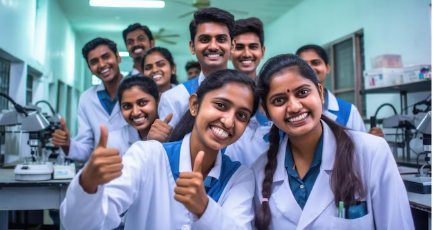
Conclusion: Paving the Way for a Bright Future in Healthcare
The MBBS journey begins an interesting and successful healthcare career. Aspiring physicians who overcome financial hurdles with scholarships and financial assistance programs enrich the medical profession. Students may follow their love for medicine without financial pressure by using these tools, paving the path for a more equal and better healthcare future.
Also, read
NEET UG 2024: All latest updates, Exam Centers, Fees, Syllabus Updated
Best Medical Courses After 12th In 2024



